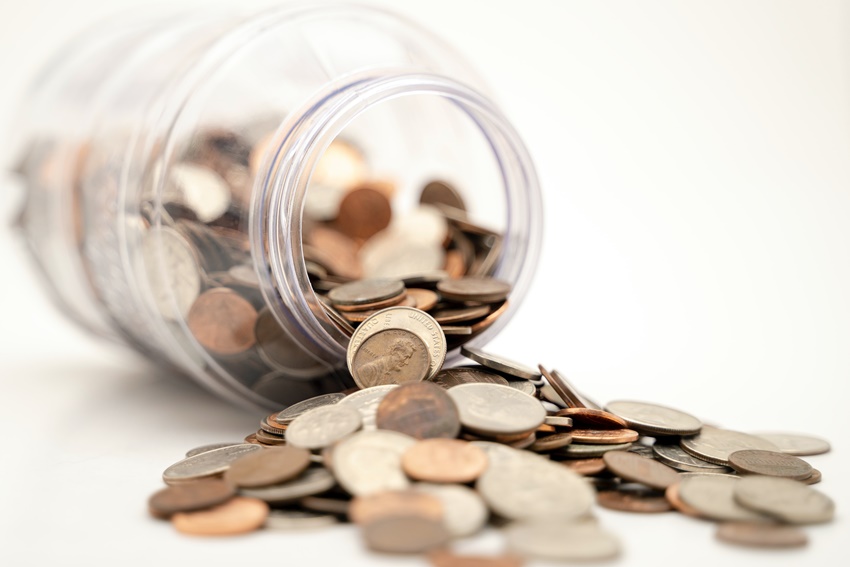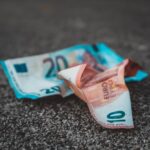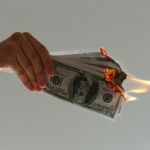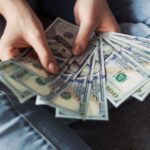Inflation is a general rise in the prices of goods and services. The easiest indication of impending inflation is that milk, groceries, and other essential items like gas gradually become more expensive. It’s not that one item gets pricier; several items, including airline tickets and even cigarettes, become more expensive. The most common types of inflation are cost-push inflation and demand-pull inflation. With cost-push inflation, production cost increases, and manufacturers’ push’ this cost to consumers through higher prices. But with demand-pull inflation, the demand for a product overruns the supply and “pulls” the prices higher.
A standard measure of inflation is the Consumer Price Index (CPI). It accounts for the average price increase of essential items used every day broken into food and beverages, housing, apparel, transportation, medical care, recreation, education, and communication. The average is based on what people pay for the predetermined basket of goods and services over a given time. The CPI also indicates the cost of living and is used to identify inflation or deflation.
What the numbers mean
But it’s just one of the measures of inflation among other indexes like CPI-W from the Social Security Administration. A higher CPI indicates that the Populus is paying more for items. This index is then compared to the wages and used to make adjustments to allow people to buy essential items but still keep the economy stable.
The scarier version of inflation is hyperinflation, where there is a lot of paper currency in circulation without an equally matching increase in available goods and services. This reduces the purchasing power of your money, and as a result, prices are increased in a bid to reduce the currency in circulation. More people believe that increasing government stimulus programs could be a recipe for hyperinflation, but people running the numbers say that we are just overreacting.
Current CPI reports indicate that inflation might be even closer than we assumed it was. Prices have climbed 5% year-over-year, and the critical drivers like indexes for homes, food, energy have indicated the same story. Over the past few years, prices for these items have steadily increased, albeit slowly. These items are basic to everyone, and we use them daily. And even after eliminating them from the CPI, you still get a worrying 4% year-over-year increase which is still higher than the last year.
As people planned for summer vacations, energy and car prices were getting higher. The Federal Reserve has not been quiet about telling people to get strapped and expect even higher inflation going forward. They also push the narrative that the expected near-term inflation could bring healthier price growth in the long run.
Transitory inflation or here to stay?
When you piece together the CPI numbers from the past months (2021) and last year, a pattern begins to emerge. However, there have been several calls that the price hikes are merely transitory and that the pandemic is the cause of inflation, but is it that easy? Everything indicates that the price hikes are going to be here a lot longer.
The price hikes have been hugely attributed to the base effects of the pandemic. As economies got shut down and prices went down to depressive levels, it is only fair that it would take time for things to get back on track. The case of used cars, particularly where the prices have never been this high, can be blamed on supply chain issues despite the stark difference with the pre-pandemic prices. As people get back on the road, car dealerships have to renew leases and get their dealers to replenish their waning catalogs.
Even as more people get back to work, unemployment levels have not improved that much compared to pre-pandemic rates. The average citizens will still have to contend with stricter budget cuts and allocations even as they get called back to work because the transitory inflation could be around for a while.
Recently, there have been increases in prices of TVs, computers, and PCs because of the semiconductor shortage, and the shortage isn’t likely to boil over any time soon. While most service-based businesses reopen and people come back to work, it will be a while longer before prices of services like haircuts, hotel service, and medical service reduce because of the delta variant scare that’s causing worker shortages in some parts.
Past the 2% redline
Since 2019, the higher inflation storm has slowly gotten bigger. The price indexes have contributed to pushing inflation past the Fed’s 2% goal. While they can be dismissed as necessary moves to rebalance demand and available supply, the pandemic has notably diminished to some extent.
The widespread economic reopening has been the most significant push to the inflation rumors. As the population gets vaccinated, more people are comfortable resuming previous activities from trips to events and even revisiting their favorite restaurants, which gives business owners and service providers the incentive to raise prices to make up for previously experienced losses, especially for businesses held back by the pandemic.
But, there’s always the doomsayers who insist that rapid inflation is much closer and the analysts who tell them to settle down and that things will get better. Currently, at a 5.4% inflation rate for the last 12 months, we are still 2% higher than the last five years’ average. Assuming the interest rates from the Federal Reserve stick to the lowest number possible, the inflation rate could easy out in 2022. However, businesses will still have a grip on the pricing power.
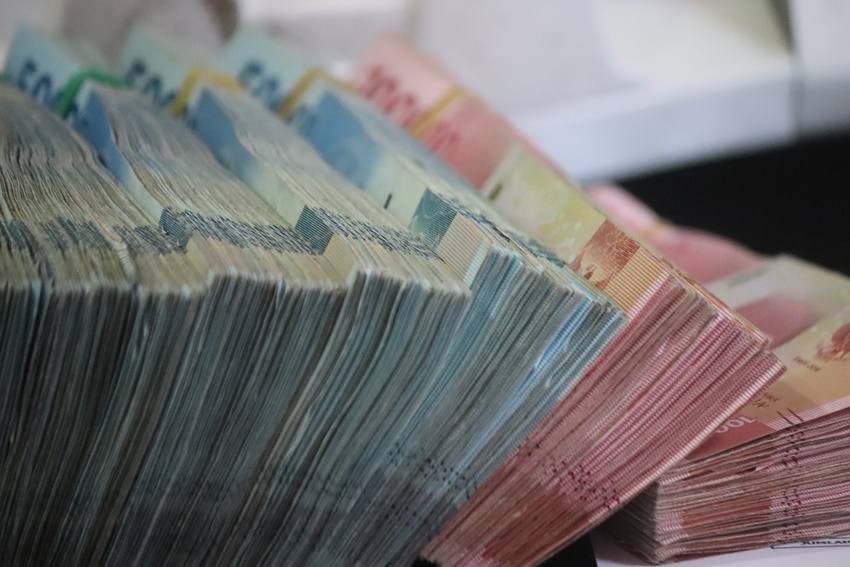
Back with a bang
The widespread economic rebounds and pandemic reactions are a whiplash effect of rebooting supply chains after the collapse of demand and the current surge. The price volatility, however, is only going to wind down after the pandemic subsides. The fear of a chain reaction being set off due to the fears of higher prices is still a threat.
The federal reserve has recommended the inflation level at 2%. The expected inflation rate is maintained to have a maximum employment and price stability equilibrium. Anchoring the inflation expectations makes it easy for the Fed to manage the usual temporary price hikes and dips. But it is not always this easy as the 2% target has been elusive for the Fed.
Despite the Fed’s best efforts to keep the rate stable, they will have to do more than contain a rise. The current price pressures are a result of the recovery that began after the first vaccines were administered. While the increase is close enough, an actual inflationary economy is still a long way off.
The next move
The Fed is careful not to preemptively increase the rates if the current market condition is just a bubble to keep up with the growth and a recovery phase. Several sectors are successfully rebounding from the disinflationary effects like fares, apparel, and financial services. The Fed can only raise the rates to respond to inflation if the labor market is unusually tight.
The government, Fed and media have positive expectations of inflation. Reopening of the economy during the year has created a controlled inflation environment with the Fed being forced to be precise about the next moves to stabilize the interest rates and keep them there. Since the inflation scare is primarily due to the responses to the pandemic, the Feds insist that they can always push down the staggeringly high rates.
This post was written by Willy Wallace he writes about business and economics. I hire people on fiverr to write about topics they are experts in, that way you and other readers get to mre valuable content. Subscribe for more business, sales and investing posts. Have a lovely day.

